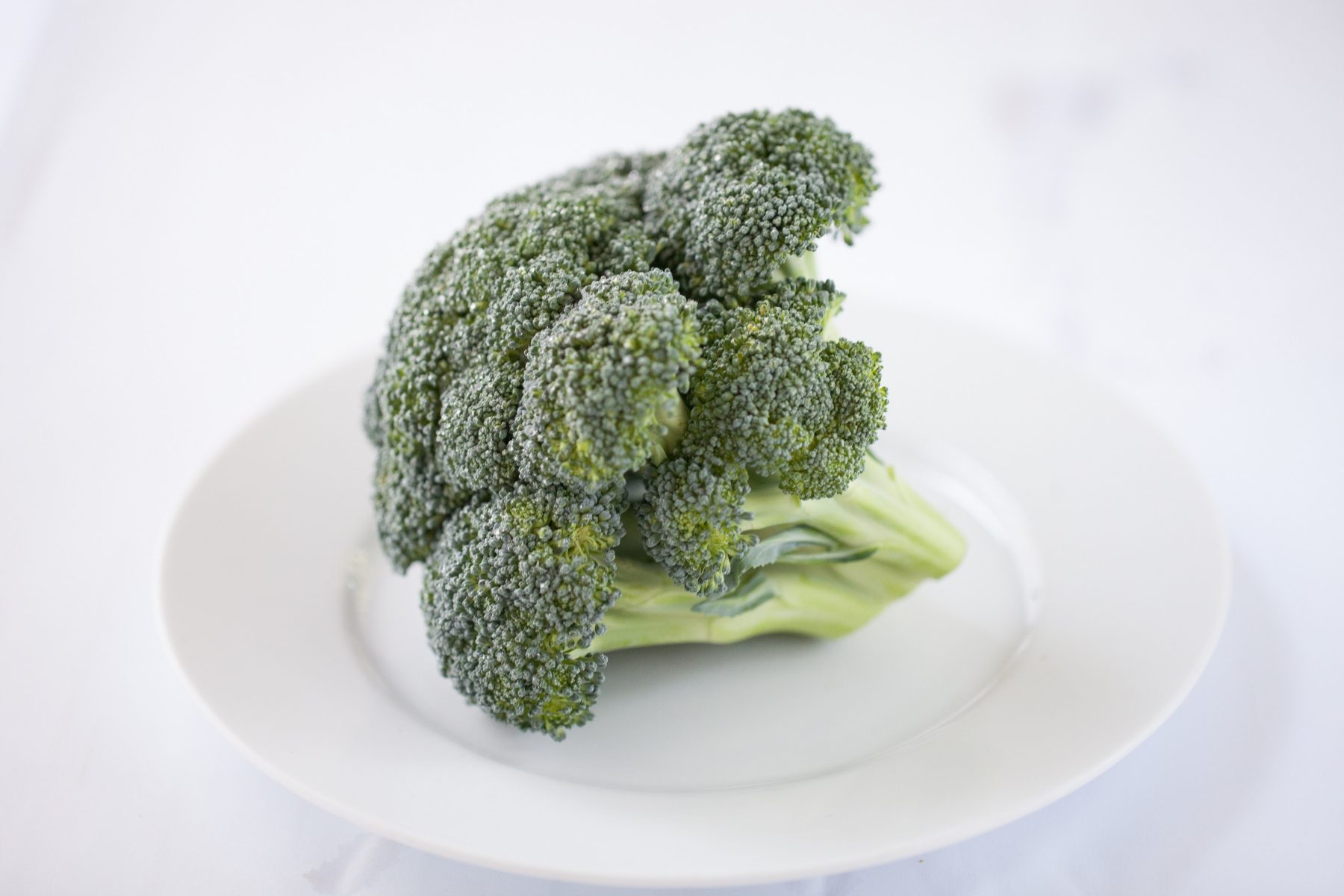
A recent study highlighted the importance of a balanced nutritional and psychiatric treatment team
Patients with anorexia nervosa typically limit their food intake, and high-calorie foods become a main target to avoid. Compared with healthy controls, AN patients indicate they have ittle desire to eat high-calorie foods. This pattern is seen in both restrictive AN (AN-R) or binge-eating/purging type AN (AN-BP).
Sophisticated procedures can detect this pattern of food avoidance. For example, an eye-tracking study highlighted that patients with AN avoided food cues, which potentially makes restrictive eating easier (J Eat Disord. 2019. 52:681). These underlying processes seem to particularly persist in weight-restored patients. In one study, patients’ explicit (self-reported) desire to eat high-calorie foods was indeed higher than in currently underweight patients and similar to that of healthy controls. However, their implicit desire to eat high-calorie foods (assessed through reaction times) was as low as in currently underweight patients (Am J Clin Nutr. 2013. 97:463). [Of course, one wonders if persistent avoidance could relate to risk of relapse. Regardless, more knowledge is needed about this.]
The current study
A team of French psychiatrists led by Dr. L. Lodovico, of GHu Paris Psychiatry and Neurosciences, Paris, designed a multicenter, longitudinal study to determine how food avoidance can function as an indicator of severity of AN (Eat Weight Disord. 2023. 28:24).
The study included 130 female outpatients with AN, 11 to 53 years of age, studied in 13 AN specialty multidisciplinary treatment centers in France. The outpatients had AN for an average of 8 years, and an average body mass index (BMI, kg/mg2) of 15.3. The participants were assessed before and after 4 months of care in the 13 centers. Avoidance of foods was assessed, in addition to BMI, severity of AN, severity of the eating disorder, levels of depression and anxiety, emotional state, degree of healthy life function, and body image perception.
All patients were offered at least one evidence-based form of psychotherapy for eating disorders (cognitive-behavioral therapy, interpersonal therapy, family therapy, or multifamily therapy). Psychotropic drugs (primarily antidepressants) were prescribed as needed.
The average time between the first and second evaluations was 132 days. Eating disorder symptoms were assessed with a French version of the Eating Attitudes Test-26(EAT-26). In this version, three subdivisions distinguish dieting, bulimia, and oral control. A score above 20 indicates problematic eating behavior and a high level of concern about dieting and body weight.
Food avoidance was assessed through an ad-hoc questionnaire constructed with a psychologist specialized in eating disorder patients’ eating behaviors. Patients were asked to rate their levels of avoidance of 16 food items, including butter, starchy foods, french fries, cheese, pastries, cold meats, ham, red meat, white meat, and whitefish. The list also included low-calorie foods, such as nonfat dairy produce, green vegetables, tomatoes, fresh fruits (except bananas), dried fruits, and whole wheat bread.
Tools to measure depression and anxiety
To measure levels of anxiety and depression, as well as emotional state, conditions at work, and quality of life, the participants completed the Hospital Anxiety and Depressive Scale (HADS), a self-report questionnaire with questions devoted to depression and anxiety. Emotional state was measured with the Positive and Negative Affect Schedule (PANAS), a 10-part self-report questionnaire. Another questionnaire, the Work and Social Adjustment Scale (WSAS) questionnaire, measures the ability to work, home management, and social and private leisure activities (Br J Clin Psychol. 2004. 43:245). A body image perception test was based on a diagram representing a progression of 10 female silhouettes, each corresponding to a specific BMI. Patients were instructed to choose the silhouette that best represented their current body. Higher scores indicated perceived BMI, and by definition in this study equaled greater body image distortion.

